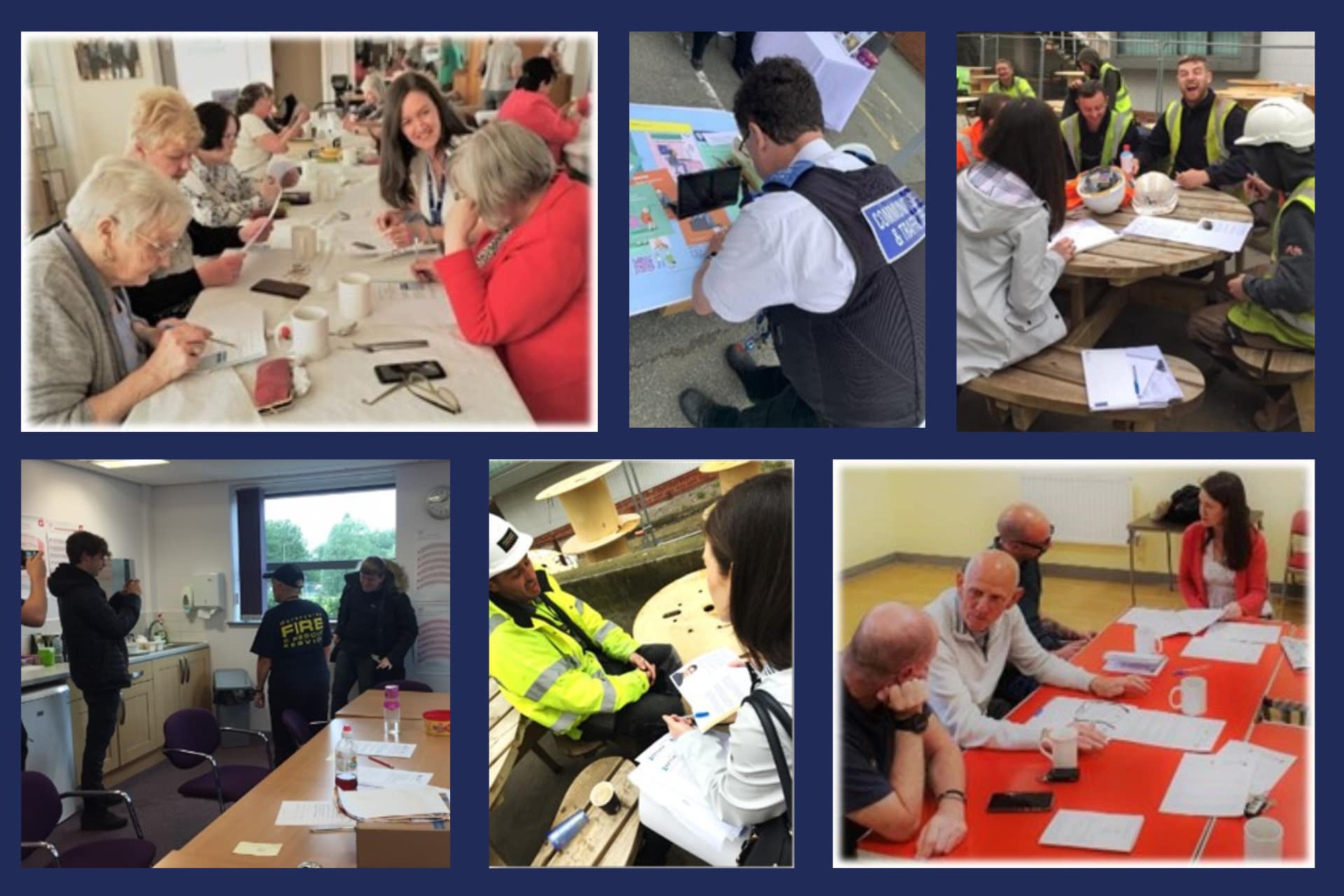
Margaret Stanley is the Public Engagement Coordinator for the RETURN project, research that aims to address health inequalities in accessing dental treatment. Here Margaret tells us how they engaged the public, from firefighters to footballers.
Background
Lots of people put off visiting the dentist until they have a problem. This is more common in poorer areas of the country and is a cause of health inequalities because delays can lead to decayed teeth needing to be extracted rather than treated with a filling. This can affect not only how people look but also their confidence.
The RETURN Project
Funded by NIHR, the RETURN project developed and tested materials to help adults who only use dental services when they have a problem. The aim is to encourage the public into accessing routine check-ups and monitoring.
What we did
The RETURN Project had public engagement embedded within its objectives since it started in 2018. We wanted to ensure that the local community were represented at every stage of our research.
I worked with local community groups, employers and the public across Merseyside which helped to include lived experience within every stage of our health research, from the development of an intervention which was used in our trial, to how we communicate what our research found.
Merseyside Fire & Rescue allowed me to work with their Prince’s Trust sessions, where the youngsters used photography to give their viewpoints, something that really helped them to communicate with us. I met young adults at local sports projects who agreed to give feedback in-between their training and football matches (in return for helping them keep score!)
I visited building sites, community groups and even Anfield stadium itself, speaking to people from all walks of life to ensure that our work reflects the current reality for local people.
Pensioners and police staff gave their perspective in sessions across the region. At a group for young families, toddlers chewed on our materials whilst their parents and grandparents talked about their experiences. Military veterans aged 45-85 invited me for coffee and as we chatted over best army sandwiches, they gave invaluable insights which helped our work further.
Community Advisory Group
Engaging with the public with visits across Merseyside was also successful in helping to enlist members to our community advisory group. During the sessions I explained how people could help and was able to engage with people who had never considered helping with university research before. During the pandemic, the team maintained our public engagement by moving our meetings online. We continued our public engagement, learning together and helping even those who had never used a laptop, staying in touch throughout the entire project.
Our public engagement has been consistent throughout the delivery of our work. With the support of the community, we’ve been able to expand our research from a smaller scale project into a large study. Speaking to over 700 local people throughout our project has helped us to understand so much more and has been such great fun.
Find out more on our project website: https://www.returnproject.co.uk/